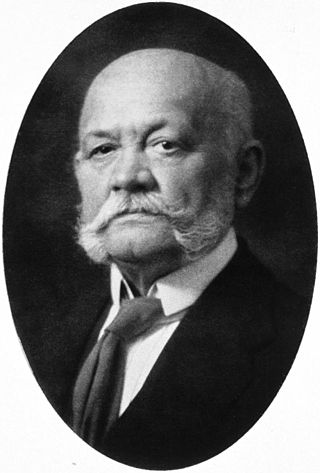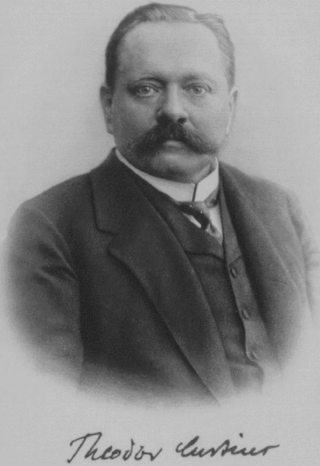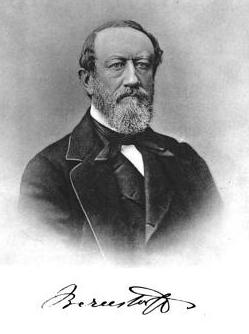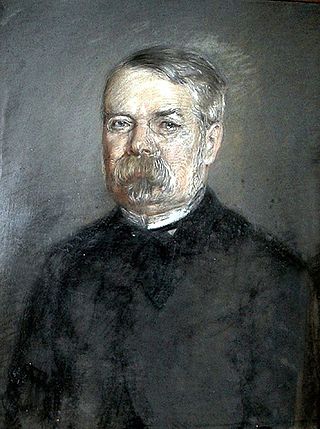A style of office, also called manner of reference, or form of address when someone is spoken to directly, is an official or legally recognized form of reference for a person or other entity, and may often be used in conjunction with a personal title. A style, by tradition or law, precedes a reference to a person who holds a post or political office and is sometimes used to refer to the office itself. An honorific can also be awarded to an individual in a personal capacity. Such styles are particularly associated with monarchies, where they may be used by a wife of an office holder or of a prince of the blood, for the duration of their marriage. They are also almost universally used for presidents in republics and in many countries for members of legislative bodies, higher-ranking judges, and senior constitutional office holders. Leading religious figures also have styles.
A title is one or more words used before or after a person's name, in certain contexts. It may signify either generation, an official position, or a professional or academic qualification. In some languages, titles may be inserted between the first and last name. Some titles are hereditary.
Fürst is a German word for a ruler as well as a princely title. Fürsten were, starting in the Middle Ages, members of the highest nobility who ruled over states of the Holy Roman Empire and later its former territories, below the ruling Kaiser (emperor) or König (king).

Privy Councillor was the civil position (class) in the Russian Empire, according to the Table of Ranks introduced by Peter the Great in 1722. Initially, it was a civil rank of the 4th class, but from 1724 it was upgraded to the 3rd class. The rank was equal to those of Lieutenant-General in the Army and Vice-Admiral in the Navy. The rank holder should be addressed as Your Excellency.
A privy council is a body that advises a head of state, typically, but not always, in the context of a monarchic government. The term "privy" signifies private or secret. Consequently, a privy council, more common in the past, existed as a group of a ruling monarch's most trusted court advisors. Its purpose was to consistently provide confidential advice on matters of state. Despite the abolition of monarchy, some privy councils remained operational, while others were individually disbanded, allowing the monarchical system to continue to exist without a secret crown council.

Franz Ritter von Soxhlet was a German agricultural chemist and inventor.

GeheimratJulius Wilhelm Theodor Curtius was professor of Chemistry at Heidelberg University and elsewhere. He published the Curtius rearrangement in 1890/1894 and also discovered diazoacetic acid, hydrazine and hydrazoic acid.In 1882 he carried out the first ever peptide synthesis, creating the N-protected dipeptide, benzoylglycylglycine

Albrecht Graf von Bernstorff was a Prussian statesman.
Herzog is a German hereditary title held by one who rules a territorial duchy, exercises feudal authority over an estate called a duchy, or possesses a right by law or tradition to be referred to by the ducal title. The word is usually translated by the English duke and the Latin dux. Generally, a Herzog ranks below a king and above a Graf ('count'). Whether the title is deemed higher or lower than titles translated into English as prince is dependent upon the language, country, and era in which the titles coexisted.

Rudolf Stöger-Steiner Freiherr von Steinstätten was a colonel general in the Austro-Hungarian army and served as the last Imperial Minister for War not only to the Austro-Hungarian Empire but also to the ancient Habsburg monarchy which sat at its head.

Adolph Aloys Freiherr von Braun was a diplomat and statesman who became one of the closest collaborators of the Emperor Franz Joseph I of Austria. He was the Privy Councillor and Director of the Emperor's Cabinet's Chancellery from 1865 to 1899.

Maximilian Freiherr von und zu Trauttmansdorff, was an Austrian politician and diplomat of the Thirty Years' War era. His other titles included Freiherr von Gleichenberg, Neuenstadt am Kocher, Negau, Burgau und Totzenbach, Herr zu Teinitz. He was a Knight in the Order of the Golden Fleece, Geheimer Rat, Chancellor and Obersthofmeister.

Mathias Franz Graf von Chorinsky Freiherr von Ledske was first Bishop of the Roman Catholic Diocese of Brno, Imperial and Royal senior Privy Counsellor of the Imperial and Royal Privy Council of the Habsburg monarchy and with his equally eminent brothers the first Counts of Chorinsky.
Honorifics are words that connote esteem or respect when used in addressing or referring to a person. In the German language, honorifics distinguish people by age, sex, profession, academic achievement, and rank. In the past, a distinction was also made between married and unmarried women.
Oberveterinärrat was a title conferred upon veterinarians in Germany. It formed part of the 5th Rangklasse of civil servants (Beamten), and ranked just below Geheimer Veterinärrat, and above Veterinärrat. The title was also used in the German Democratic Republic as an honorary title for veterinarians who had distinguished themselves.

Ferdinand Joseph, Prince of Dietrichstein, was a German prince member of the House of Dietrichstein, 3rd Prince (Fürst) of Dietrichstein zu Nikolsburg, Princely Count of Tarasp, Baron (Freiherr) of Hollenburg, Finkenstein and Thalberg; in addition, he served as Lord Chamberlain (Obersthofmeister), Conference Minister (Konferenzminister) and Privy Councillor (Geheimrat) of Emperor Leopold I, and Knight of the Order of the Golden Fleece since 1668.
Active Privy Councillor was the civil rank in the Russian Empire, according to the Table of Ranks introduced by Peter the Great in 1722. That was a civil rank of the 2nd class and equal to those of General-in-Chief in the Army and Admiral in the Navy. The rank holder should be addressed as Your High Excellency. If the Foreign Minister had the rank of the 2nd class, he could be called Vice-Chancellor.
Active Privy Councillor, 1st class was the civil position (class) in the Russian Empire, according to the Table of Ranks introduced by Peter the Great in 1722. That was a civil rank of the 1st class and equal to those of Chancellor, General Field Marshal in the Army, and General Admiral in the Navy. The rank holder should be addressed as Your High Excellency.

Count Maximilian Ulrich von Kaunitz-Rietberg was an Austrian diplomat and politician who served as governor of Moravia from 1720 until his death. He was the father of the powerful state chancellor of Maria Theresa, Holy Roman Empress and Queen Regnant of Bohemia and Hungary, Wenzel Anton, Prince of Kaunitz-Rietberg.
Georg Thür, complete name Carl Georg Thür, was a German architect and Prussian official builder whose designs for university buildings had a decisive influence on the Prussian university landscape.









